AI Advice for The 84%
Written By: Christian Talbot, President & CEO, MSA
According to innovation diffusion theory, 16% of any population will consist of “innovators” and “early adopters,” two psychographics that leap in feet first when they have access to an innovation.
In these still early days of generative AI, much of the discourse, research, and marketing targets this 16%. It makes sense: an innovation must reach a critical adoption point before it can “cross the chasm” to everyone else.
But what about resources for the other 84%?
My sense is that a good percentage of the 84% worry that students will use genAI for cheating. As someone who taught in high schools and middle schools for two decades, and who has taught in higher ed for the last seven years, I am sympathetic to their concern.
Which is why I was so glad to find two wonderful blog posts by Lance Eaton about AI and academic integrity: “AI Plagiarism Considerations Part 1: AI Plagiarism Detectors” and “AI Plagiarism Considerations Part 2: When Students Use AI.”
With empathy, Eaton explores the nuances of academic integrity situations. And his advice to teachers is useful whether or not AI is involved. I especially admire his guidance in the second blog post about how to have a conversation with a student suspected of plagiarism.
The best work I did as a teacher involved one-on-one conversations with students about how their writing was an act of thinking. These conversations mattered to me because I knew that most of them would not become professional writers, but all of them would become professional thinkers.
If you’re in the 84%, how are you engaging your students about that very question in light of a world of abundant AI?

